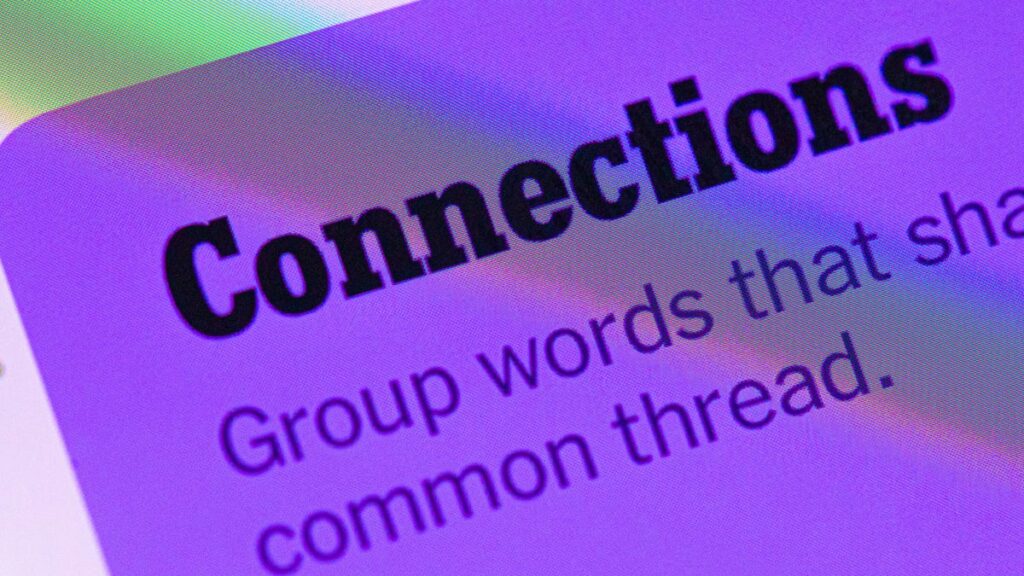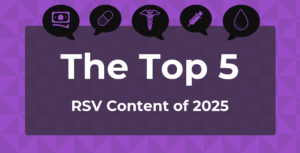
For puzzle enthusiasts, today’s New York Times Connections puzzle, dated August 26, 2025, has proven to be a challenging brain teaser. As players dive into puzzle #807, many find themselves stumped, particularly by the blue category, where one answer is more commonly recognized as a first name rather than its intended meaning. This twist is causing quite a stir among avid solvers.
The New York Times has introduced a Connections Bot, similar to the one used for Wordle, which offers players a numeric score and an analysis of their answers post-play. This feature is a boon for registered users of the Times Games section, allowing them to track their progress meticulously, including metrics like the number of puzzles completed, win rates, perfect scores, and streaks.
Hints for Today’s Connections Puzzle
To aid those struggling with today’s puzzle, here are some hints for the groupings, ranked from the most straightforward yellow group to the more perplexing purple group:
- Yellow group hint: Ways to identify a person.
- Green group hint: Loser!
- Blue group hint: Stop that!
- Purple group hint: Kind of like a chair.
Answers for Today’s Connections Groups
For those eager to see how they fared, here are the answers for today’s Connections puzzle:
Yellow Group: Distinguishing Characteristics
The theme revolves around identifying features. The answers include:
- Mole
- Piercing
- Scar
- Tattoo
Green Group: A Real Jerk
This group focuses on less-than-flattering descriptors:
- Creep
- Heel
- Rat
- Skunk
Blue Group: Pester
The answers here are synonymous with annoyance:
- Badger
- Bug
- Harry
- Ride
Purple Group: Words Before “Stool”
These answers precede the word “stool”:
- Bar
- Foot
- Step
- Toad
The Growing Popularity of Puzzle Games
The introduction of the Connections Bot is part of a broader trend where digital puzzle games are gaining popularity. According to industry experts, puzzle games have seen a significant increase in engagement, particularly during the pandemic, as people sought out mentally stimulating activities that could be enjoyed from home.
“Puzzle games like Connections provide a perfect blend of challenge and entertainment, which is why they have become a staple for many during these times,” said Dr. Emily Carter, a cognitive psychologist specializing in game-based learning.
This surge in interest has prompted The New York Times and other media outlets to expand their offerings, catering to a growing audience that values both the cognitive benefits and the sheer enjoyment these games provide.
Looking Ahead: The Future of Puzzle Gaming
As digital puzzle games continue to evolve, players can expect more interactive features and community-driven experiences. The Times’ introduction of performance tracking tools is just the beginning, as developers explore ways to enhance user engagement through social features and personalized challenges.
For now, puzzle enthusiasts can look forward to tackling each day’s new challenges, armed with hints and insights that make the experience both rewarding and fun. Whether you’re a seasoned solver or a newcomer, the world of Connections and similar games offers endless opportunities for mental exercise and enjoyment.







